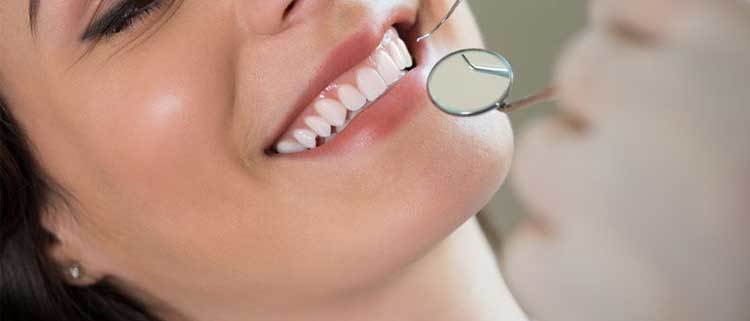Fixed partial dentures (FPDs) are “dental prostheses that are luted, screwed, or mechanically attached or otherwise securely retained to natural teeth, tooth roots, and/or dental implant abutments.” During the past decades, many types of FPDs or “bridges” have been used to replace missing teeth. With the introduction and widespread use of osseointegrated implants, many missing teeth are now being replaced in this manner rather than with FPDs. Dental bridges can, of course, still be used successfully, and this article will briefly review the many methods of bridge construction and relate them to their applicability and current acceptance of the practicing dentist and the treated patient. These will include: cast-gold, stress-broken bridges; resin-bonded, etched retainers; porcelain-fused-to-metal (PFM) bridges; and all-ceramic bridges, including zirconia.
The oldest fixed method of replacing missing teeth is using cast gold. Cast gold remains the “standard of care” to which all other materials are compared. Advantages of using high-noble gold are longevity, biocompatibility, accuracy of fit, marginal integrity, strength, and versatility. The only disadvantage in some cases is esthetics, but with proper planning, preparation, and laboratory support, cast-gold bridges can be made more esthetic. Also, it is common for cast-gold bridges to be stress broken to allow for micro-movement of the abutment teeth during function and bruxing.
When bridges are placed and are under function, stresses may develop in the connectors. This stress can lead to fracture and loosening of the bridge and pain for the patient. By constructing bridges with a non-rigid connector, this stress can be decreased.

